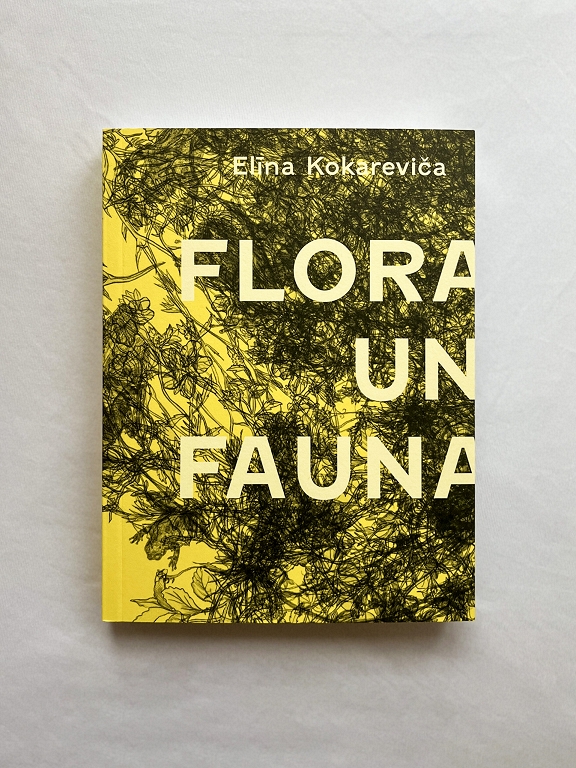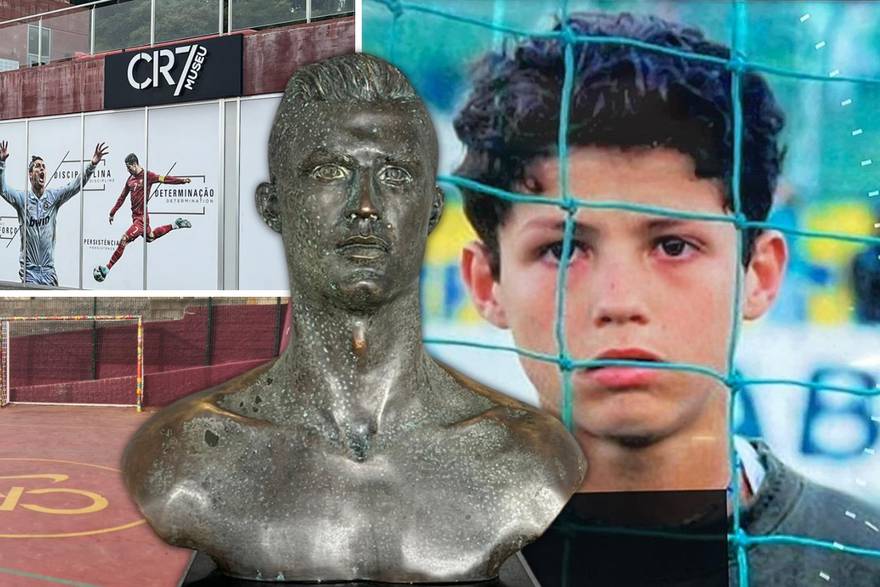Detention stories. Elina Kokarevich’s book Flora and Faun’s Review / Day

The first unifying association by reading Elina Kokarevich’s Second Story Book Flora and Fauna, occurs with dreamers. The stories themselves mark different time and narrative modes – from the work of realism in the canon Cat aunt up to a fairy -tale form consistently withheld For the mock’s meter. They demonstrate the author’s excellent stylization skills, both the ability to withstand the uniform form of language from the beginning to the end of the story, and, if necessary, reverse and modulate so that the reader from the seemingly nowadays texted by the myths of the text. The various topics are mainly held together by the characteristics of the heroes. They are also united by easily marked strings – the words of heroes and the myths of the world are repeated in the story, creating the impression of a united world, even if its history and development is hardly possible to map in linear time.
Output from alienation
Reading the first feeling is « Such books I read in adolescence » – with all adolescence anxiety, isolation from the « real » or « adult » world, dreaminess, stubborn refusal to adapt to reality and my reality, my ethics and aesthetics. Also, the desire to tell others how to live is more appropriate, what attitudes and ways of thinking are perceptible. This desire is clearly postulating ethical values, even « morals » is also present in the stories of Elina Kokarevich – a feature that knocked me out of the story of the story, recalling that elementary tolerance or empathy is values that need to be reminded in direct text because not everyone is accessible.
In terms of stylistics and narrative, there could be parallels with Gabriel Garcia Markes, Karen Bliksen, Thomas Transtremer poetry and a number of other authors who are now almost afraid to read – if what seemed mystical and mysterious to me at that time? Or even more terrible: if I have understood these works too simplified during my teenage years and now I would read the same dreamy, but I will analyze the text with the theory baggage available?
Fortunately, not all theories are created for a cool analytical crop. My intellectual key to this work is associated with the term « Reenchantment », which I first met in the works of political scientist and theorist of the new materialism, Jane Bennett, and which philosopher Charles Taylor and others speak. This concept seems difficult to transfer in Latvian – it is associated with the reopening of the magic of the world, the ability to look at it as a miraculously incomprehensible, fascinating, sensitive. This approach offers a way out of modernity clinical rationalism, alienation and desire to control the world – including a certificate that reduces the most surprising phenomena to their scientific explanation. And while in today’s world, faith in the miracle has long been in religion, the monotheistic religion here is left on the edge, preferring references to older world scalps that are voting on magic – animism or panmentism – as well as miracle. Either because they are too small or large for our perception, or simply because they are too common.
Curse and blessing
When reading flora and fauna, it seems that the word « reenchantment » can be translated as « spit ». In Latvian, « sparkling » seems to be an antonym for « enchantment » (touch of miracle and magic), so « to » spit « would mean giving back the vicious everyday and usual form. However, the basic pride of the collection of stories, but the main pride present, says, « Everything from the beginning, in its essence is magical. » The world seems to us ordinary and disregarded only because of it is a gray magic mist, which prevents this magic of magic. The spilling would so it would be a fan of this mist to see everything around us in its true splendor and unusual.
Elīna Kokareviča offers her damp code in this book. It fits into the existence of his own – whether the dreamer – outside of society, often marked by physical differences. These physical differences can be clearly separate – for example, a woman whose bones are so fragile that every movement can break them, is inevitably separated from the bubble of public life. However, much more often, the physical difference is seemingly superficial and only visible to others: the author ruthlessly shows that it is enough to be « fat » or « ugly » so that everything that is normal and self -evident is almost unattainable. This difference can also be internal: the type of perception, thinking and sensation that marks you from childhood as inappropriate because you simply do not understand how the world works. The differences in the structure of mind and emotionality separate a person from the « normal » society as ruthlessly as an abnormative body. These disadvantages, which make a person (potential) dreamer, function as a curse and blessing at the same time.
The world’s outline follows the logic of a fairy tale or myth: you need to take a long way to achieve what you want. This path and difficulty are often physical, but it can also be the work of thinking, self -reflection, self and self -evaluation. However, this is not a rational journey of self -help in human self -help: it is a path that is not visible, often not even known or believed; This is the way you make a mistake and you can pay for these mistakes with the most expensive (and there are many people who are strayed and stopped on the way, it has not gone miracle). There are also magic peers: « Flora and Fauna » already mentioned in the title of the book, both miraculously and seemingly usually animals, birds and plants, which can be scientifically, pseudoscientically explained and simply accepted as part of the world. And the miracle is very often associated with love, and this love is always coded as an abnormal – quir or asymmetrical. Just as the dreamer does not fit into society about what man should be, the love of the dreamer does not fit into the perception of « successful », heterosexual and self -evident family. The world’s replying person does not fit into society, his journey is leaving the usual and regulatory, and the miracle he found is also abnormative, he refuses to fit into the usual perception of what is meant, right and good life. And while rarely a reader will have the courage or the opportunity to leave everything and go on their journey, no one is denied to dream.








